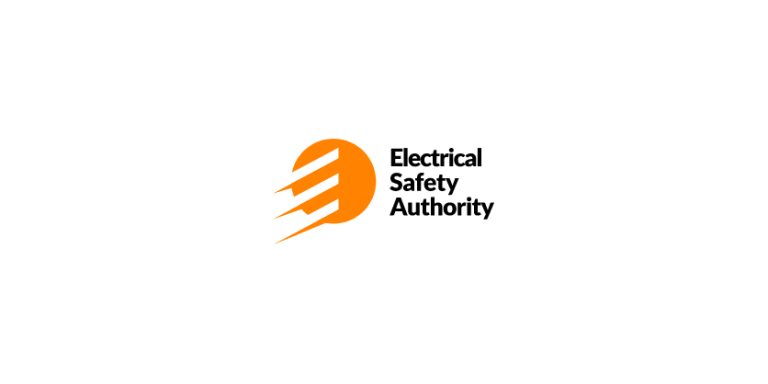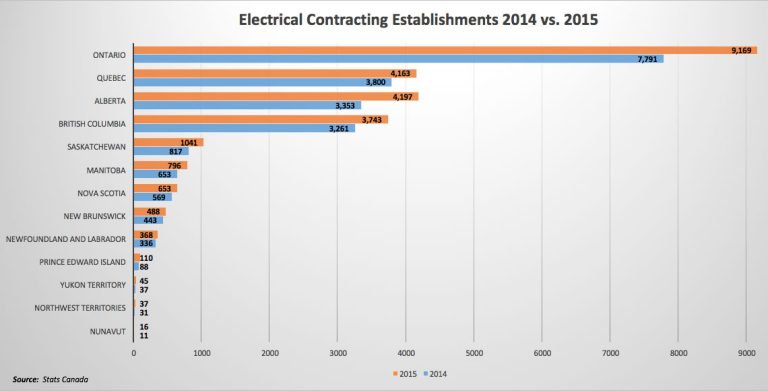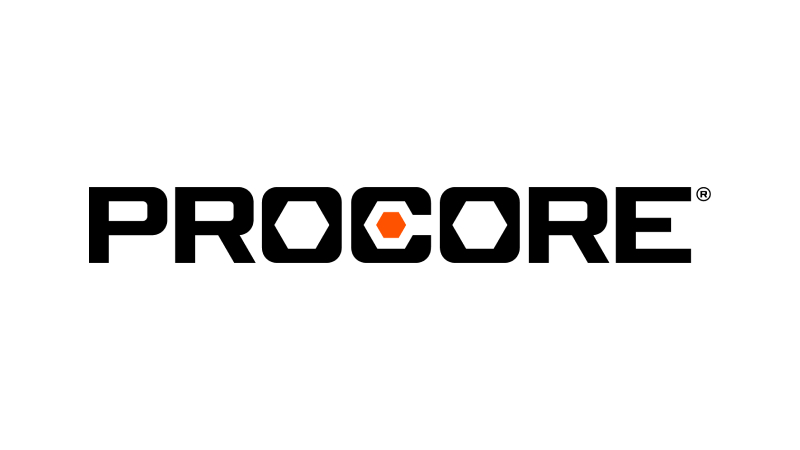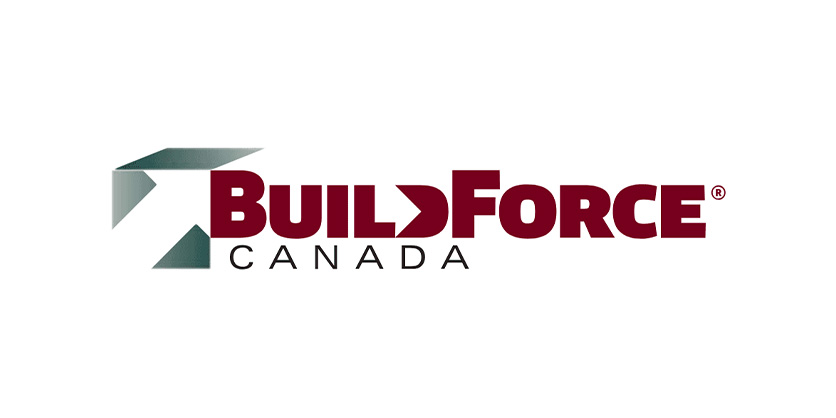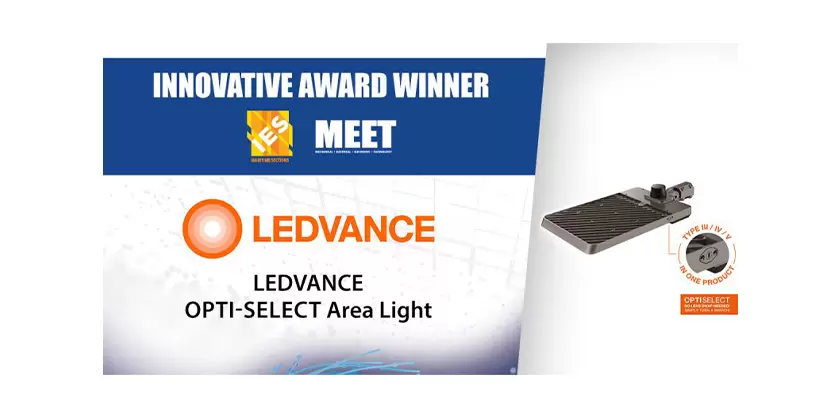Guide to the Canadian Electrical Code, Part 1[i], 26th Edition– A Road Map: Section 0 and Section 2
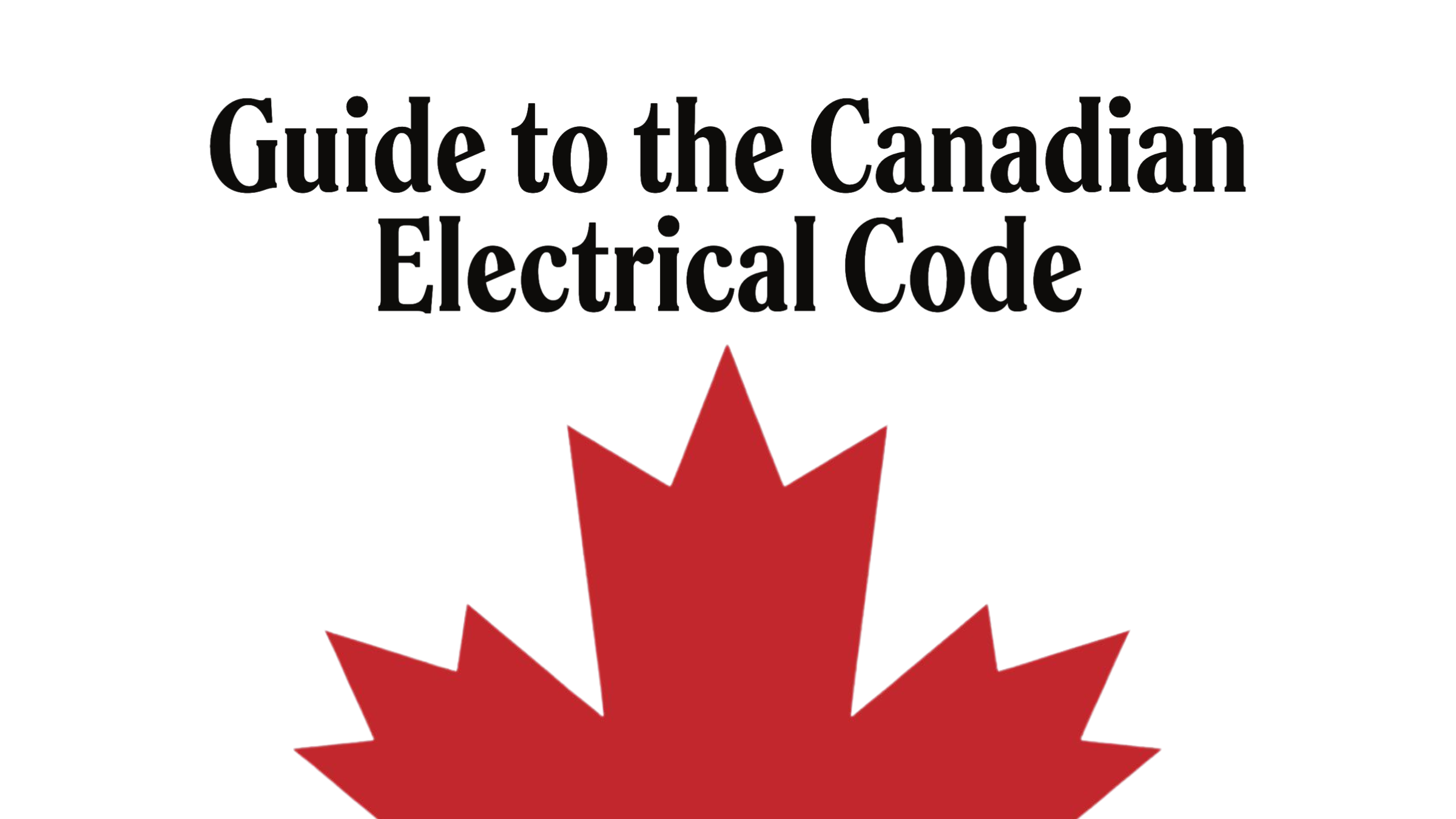
December 11, 2023
By William (Bill) Burr[i]
The 26th Edition of the Canadian Electrical Code, Part 1 (CSA C21-1:24) will be published and available in March 2024. To pre-order a copy go to https://www.csagroup.org/store/.
The Code is a comprehensive document. Sometimes it can seem quite daunting to find the information you need quickly. This series of articles provides a guide to help users find their way through this critical document. This is not intended to replace the notes in Appendix B or the explanations of individual requirements contained in the CEC Handbook** but will hopefully provide some help in navigating the Code.

For over 90 years, the Canadian Electrical Code, Part I has been developed and updated to help better protect electrical workers and promote improved consistency in electrical installations across the country. The CE Code, Part I is developed with the participation of provincial and territorial authorities, manufacturers, educators, designers, conformity assessment professionals, and many industry experts. The Code is updated every three years to better protect electrical workers and help make electrical installations and maintenance safer. Now in its 26th edition, the CSA C22.1:24, Canadian Electrical Code, Part I includes many additions and revisions, including:
- reducing arcing fault clearing time for overcurrent devices rated 1200 A or more.
- application to both ac and dc systems.
- removing the use of a bare neutral in consumer’s service raceways.
- Replacing Table 38 with demand factor load calculations
- requirements for grade-level in-ground enclosures and new and revised requirements for various wiring methods.
- revisions and extended requirements to increase electrical safety for healthcare facilities.
- Revised requirements for energy storage systems (ESS).
- ground fault circuit interrupter protection for extension cords plugged into a portable generator or portable power distribution equipment.
- revisions and new requirements associated with pools, tubs, and spas for the provision and location of disconnecting means.
Overview
Introductory Pages and Preface
The first few pages contain the Table of Contents, the names of the main technical committee and sub-committee members, and the all-important information in the Preface. Why is the Preface so important? Well, the Preface, in addition to a list of reference publications, explains how the Code is organized. This arrangement of the outline provides a road map to find your way. With this tool, you can find your direction to the exact rule or sub-rule that is the subject of your quest.
The first guidepost, indicated in the Preface, is that Sections 0 to 16 and Section 26 are general Sections that apply to all installations and that all other Sections, which apply to specific situations, amend, or supplement these general sections. The usefulness of this key distinction will become clearer later in our exploration. The Preface doesn’t mention this, but Appendix A and Appendix Care normative (mandatory), the Introduction and Annexes J18, J20, JD, and JT of Appendix J are normative (mandatory) for installations that use the Division system of hazardous location classification, and all the other Appendices are informatory (non-mandatory) parts of the Code. The Tables and Drawings pages are also normative.
The Preface also provides some additional information such as:
- an acknowledgement of the use of some material that is contained in the National Electrical Code published by the National Fire Protection Association (NFPA),
- the history and operation of the Canadian Electrical Code, Part I,
- symbols and conversion factors for SI units, and
- the metric trade designator used to identify conduit tubing and fitting sizes.
In addition, the Preface contains a list of all publications referenced in the Code. It should be noted that amendments and additions to Appendix A and Appendix C are effective once passed by the CEC Committee, therefore, the latest versions of these Appendices are available online at www.community.csagroup.org/community/electrical.
Section 0
Moving on to Section 0, we discover the object and scope of the Code and the definitions of terms contained in the Code.
Object
The object states that this Code establishes safety standards for the installation and maintenance of electrical equipment, where consideration has been given to the prevention of fire and shock hazards, as well as proper maintenance and operation. It also notes that the Code addresses the fundamental principles of protection for safety contained in International Electrotechnical Commission Standard 60364-1, Low-voltage electrical installations, which is the International Electrotechnical Commission (IEC) standard for low voltage installations (1000 volts or less).
We are made aware, by the Object statement, that compliance with the requirements of the Code and proper maintenance will ensure an essentially safe installation, as protection against electric shock, thermal effects, over-current, fault currents, and over-voltage will be met. Also noted is that alternatives to the Code that comply with the fundamental principles of IEC 60364-1 may also be used to achieve safe installations, but only if used in conjunction with acceptable means to assess compliance, by the authorities enforcing the Code. This provision is intended for, and usually applies to, an industrial installation, under a specific safety management program developed with the authority having jurisdiction. Since the Code is adopted into law by each jurisdiction, any amendments or alternatives must also be adopted into law in that jurisdiction. The code also notes that it is not intended as a design specification nor as an instruction manual for untrained persons.
Scope
As we move to the Scope statement, we discover that all electrical work and equipment is covered by the Code except for:
- installations employed by a utility in its function as a power or communication utility,
- electric railways,
- aircraft, and
- ships that are not connected to a shore supply for more than five months.
If you are looking for rules that apply to a mine or quarry, there are additional requirements in CSA M421 – Use of electricity in mines.
Definitions
Next up are the definitions. These definitions contained in Section 0 are for specific words or terms used in the Code to aid in understanding and interpretation. An ordinary dictionary meaning applies to any word or term that is not specifically defined in Section 0. These definitions apply generally throughout the CE Code; however, some Sections also contain definitions that apply to terms used only in that particular Section. It is very important that you check these definitions when reading any specific rules. Although you may have a general idea of the meaning of a term, the Code definition can sometimes affect the application of the rule.
As an example, let’s look at the definition of the word Approved (as applied to electrical equipment).It is generally acknowledged that electrical equipment needs to be certified by a certification organization to be approved. But wait! There’s more! According to the definition, that certification organization needs to be accredited by the Standards Council of Canada (SCC), and in addition, the product needs to be certified that it meets the requirements of:
- CSA safety standards for electrical products (Part II standards), or
- other standards developed by an SCC-accredited standards development organization (SDO) or other recognized documents where CSA Standards do not exist for that product.
In addition, there are new or revised definitions for cable, circuit, dwelling unit, electric vehicle, identified, industrial establishment, consumer’s service, suite, and high, low and extra low voltage.
In the case of non-CSA Standards or other recognized documents, they must be correlated with the Code and must not duplicate standards that are listed in Appendix A. The definition also conveys alternatively that equipment which meets the requirements of the regulatory authority is also considered approved. The note in Appendix B states that this normally refers to field evaluation in conformance with CSA Model Code SPE-1000 or, for medical electrical equipment, CSA Model Code SPE-3000, by an SCC-accredited special inspection body that is recognized by the authority having jurisdiction and facilitates the approval of new or limited manufacture products. So, you see, a lot of information is contained in this definition of Approved.
Section 2 – General Rules
Administrative
In Section 2 we encounter the first numbered rules in the code. The rules from 2-000 to 2-034 are categorized as administrative rules. These rules establish the authority of the inspection department concerning the code and outline the code’s operative functions, such as permits, applications, paying fees, posting permits, notification for inspection, submitting plans and specifications, current-permits, reinspection, renovation, use of approved equipment, powers of rejection, availability of work for inspection, deviation or postponement, damage and interference, and revaluation of equipment exposed to ingress of water These are the rules most likely to be amended by provincial or territorial authorities-having-jurisdiction (AHJs) because inspection departments may require different administrative procedures than those set out in the code.
Because these administrative rules are not technical, amendments to them do not affect the consensus safety principles of the code’s technical rules. Also note that, as mentioned in the preface, Rule 2-002 establishes that where there are code sections covering particular installations, those rules do not cover all the rules that apply to that installation, but supplement or amend the rules in the general sections covering all installations.
Technical General
Next, we move to the technical part of the General Rules. These rules cover general safety aspects required of all electrical equipment and installations. The main topics include:
• General,
• Protection of Persons and Property,
• Maintenance, and
• Enclosures.
The General topic rules 2-100 to 2-104 deal primarily with the required attributes of electrical equipment. Such topics as equipment markings, warning and caution markings, and ratings of equipment are included here. Although these requirements are also contained in the Part II Product Standards, the CEC Part I being the senior code document, the requirements are established here.
Rule 2-100 lists the manufacturer-applied markings that are required on each piece of electrical equipment and includes ratings, and evidence of approval as well as additional markings required at the time of installation or additions and modifications.
Rule 2-104 requires that caution and warning markings be written in the language mandated by the AHJ adopting and enforcing the Code.
Rules 2-106 to 2-124 contain general requirements governing some specific conditions applying to equipment, such as using rebuilt equipment, substitution, and circuit voltage to ground in dwelling units. Other rules apply to conditions of installations like the quality of work, material to be used for anchoring in masonry and concrete, corrosion protection for material used in wiring and cabling, soldering fluxes, use of AWG sizes for wire, accessibility of electrical equipment and nameplates, and the installation of other equipment near electrical equipment.
Rule 2-110 limits the circuit voltage-to-ground in dwelling units to 150 volts except where the calculated load on the service conductors of an apartment or similar building exceeds 250 kVA and qualified electrical maintenance personnel are available the nominal system voltage of 600Y/347 V is permitted to be used for:
- space heating, provided that wall-mounted thermostats operate at a voltage not exceeding 300 volts-to-ground;
- water heating; and
- air conditioning
Rules 2-126 to 2-132 discuss requirements for the use of thermal insulation near or adjacent to electrical equipment, control of fire spread, and control of the flame spread of wiring, cables, and non-metallic raceway following the National Building Code of Canada requirements, which are referenced in Appendices B and G.
Rule 2-134 specifies that electrical equipment must have seismic restraint in compliance with the National Building Code of Canada where required by local legislative requirements.
Rules 2-136 and 2-138 give sunlight resistance requirements for wire cable, exposed internal insulated conductors and non-metallic raceways and the insulation integrity of the finished installation.
Rule 2-140 prohibits the use of Class A GFCIs being used as a substitute for insulation or grounding except as permitted by Rules 10-408(4) and 26-700(8).
Protection of Persons and Property:
Rules 2-200 and 2-202 require electrical equipment to be installed and guarded with suitable enclosures for the safety of persons, protection of equipment, and the guarding of bare live parts.
Maintenance and Operation
Rules 2-300 to 2-314 deal with the need to keep electrical equipment well maintained, in good working order and tested for proper operation. These rules specify safe working practices for maintaining equipment in hazardous locations, disconnection of live equipment, provisions for shock and arc flash protection and working space around electrical equipment containing renewable parts, disconnecting means, operating means; or requiring examination, adjustment, operation, or maintenance, as well as adequate entrance and exit provisions for spaces containing electrical equipment. Where an overcurrent protective device is rated 1200 A or higher a means must be provided to reduce the arcing fault clearing time; and documentation regarding the means must be provided and readily available to personnel that install, operate, inspect, and maintain that electrical equipment.
Rules 2-312 to 2-314 cover placement of electrical equipment, accessibility for maintenance and proper illumination, ventilation, drainage and clearances from flammable materials and combustible gas equipment.
Rules 2-316 and 2-318 require a receptacle to be provided for maintenance of HVAC equipment located on a rooftop and a receptacle of CSA configuration 5-15R or 5-20R for a mobile industrial or commercial structure containing transfer equipment for connection of an alternate power supply, supplied by a circuit connected to the alternate power supply through the transfer equipment.
Rules 2-320 to 2-328 outline provisions for adequate illumination, ventilation, drainage of electrical equipment, prevention of placing or storing flammable material near electrical equipment and clearance of arc-producing electrical equipment from a flammable combustible gas relief device or vent.
Enclosures
Rule 2-400 specifies the types, uses and marking of enclosures and boxes for various environmental conditions and intended use as specified in Table 65 or offers a degree of protection as indicated in Table 65 and is so marked or is considered a general-purpose enclosure for use indoors in ordinary locations.
Rule 2-402 requires that Except for general-purpose enclosures, all enclosures described in Table 65, other than general-purpose enclosures must be marked with a type or enclosure designation and may be marked with an ingress protection (IP Code) designation, but not to be used as a substitute for enclosure types listed in Table 65.
Rule 2-404 requires motors, enclosures of drip-proof, weatherproof, and totally enclosed motors not used in hazardous locations, that require protection from the environment to be marked:
- if a drip-proof motor, with the word “Drip-proof” or the code letters “DP”;
- if a weatherproof motor, with the word “Weatherproof” or the code letters “WP”; and
- if a totally enclosed motor, with the words “Totally Enclosed” or the code letters “TE”
Special-purpose motors that are intended to be used only as components of specific equipment need not be so marked. Motor enclosures without enclosure markings may be used indoors in ordinary dry locations.
These are the administrative and general technical rules that apply to all electrical equipment and installations. You will often need to refer to these in combination with the specific rules of the Code to ensure compliance and an essentially safe installation.
In the next article, we will explore Sections 4 and 6.
[i] William (Bill) Burr is an associate member of the Canadian Electrical Code, Part 1, Technical Committee and formerly Chair of the Canadian Advisory Council on Electrical Safety (CACES), Chief Electrical and Elevator Inspector for the Province of BC & the Northwest Territories, Director of Electrical and Gas Standards Development and Director of Conformity Assessment at CSA Group. Bill can be reached at Burr and Associates Consulting billburr@gmail.com..
[i] Source: CSA C22.1:21, Canadian Electrical Code, Part 1 – Safety Standard for Electrical Installations. © 2021 Canadian Standards Association. Please visit Store – CSA Group or call 1-800-463-6727. With the permission of CSA Group, the material is reproduced from CSA Group standard CSA C22.1:21, Canadian Electrical Code, Part 1 – Safety Standard for Electrical Installations. This material is not the complete and official position of CSA Group on the referenced subject, which is represented solely by the Standard in its entirety. While use of the material has been authorized, CSA Group is not responsible for the manner in which the data are presented, nor for any representations and interpretations. No further reproduction is permitted. For more information or to purchase standard(s) from CSA Group, please visit Store – CSA Group or call 1-800-463-6727.



